LPG (Liquefied Petroleum Gas) is a mixture of hydrocarbons derived from the process of refining crude oil and producing natural gas. Mainly composed of propane and butane, when cooled or compressed it changes from gaseous to liquid form, facilitating transportation and storage, making it a very versatile fuel suitable for use in many applications. Compared to other energy sources, it is cheaper and more efficient, and also emits fewer harmful emissions during combustion than coal or oil.
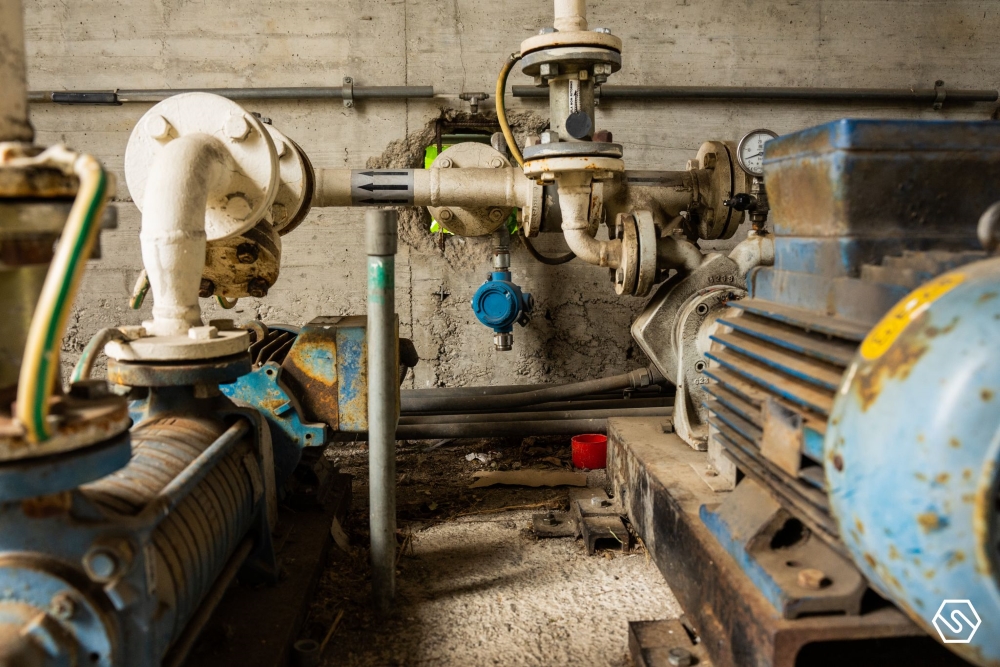
LPG: where it is used
Due to its properties, LPG is considered an excellent fuel; during combustion it produces fewer emissions of carbon dioxide, nitrogen oxides and particulate matter, helping to reduce air pollution and mitigate climate change impacts. Within the industrial context, the use of LPG can help reduce downtime in production processes, and being easily storable, companies can safely and securely accumulate LPG reserves.
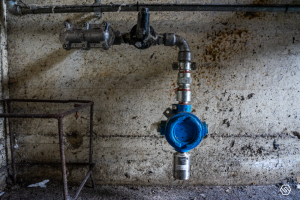 LPG is used in various applications including:
LPG is used in various applications including:
- Heating
- Industrial and domestic
- kitchens
- Power generation
- LPG vehicles
- Agriculture
- Chemical industry
LPG detection: why it is important
Although LPG is a safe fuel when used properly, it is important to treat it with caution because of its high flammable potential. LPG leaks can cause fires or explosions, making continuous monitoring necessary both in the processes where it is used and within storage areas. Gas detectors employ different types of technologies to detect specific combustible gases, including those contained in LPG. Within a gas detection system, detectors are typically connected to power plants that, should the presence of LPG gas above a certain safety threshold be detected, would activate alarms and safety systems to prevent accidents. To this end, gas detection systems must undergo regular maintenance and calibration to ensure their effectiveness and reliability.
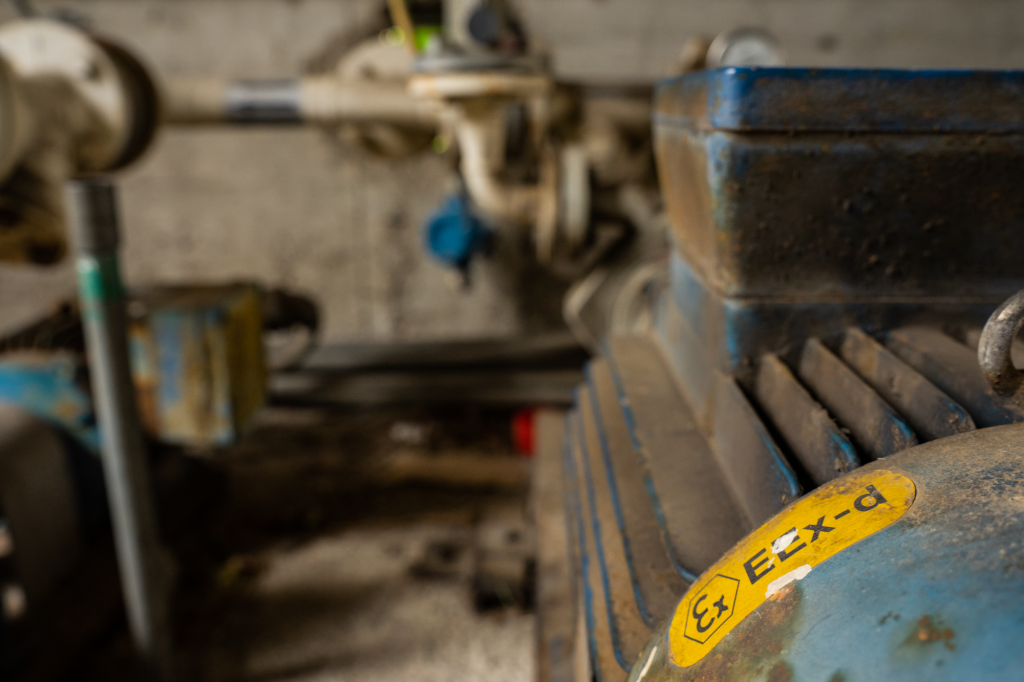
Our products for LPG detection
For safe and effective LPG detection, our SMART 3G series gas detectors are ideal:
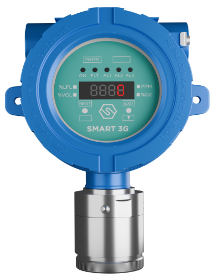
SMART 3G D2
Suitable for detecting flammable substances, toxic gases, refrigerants and oxygen in classified areas.ATEX, IECEx and SIL2/3 certified.
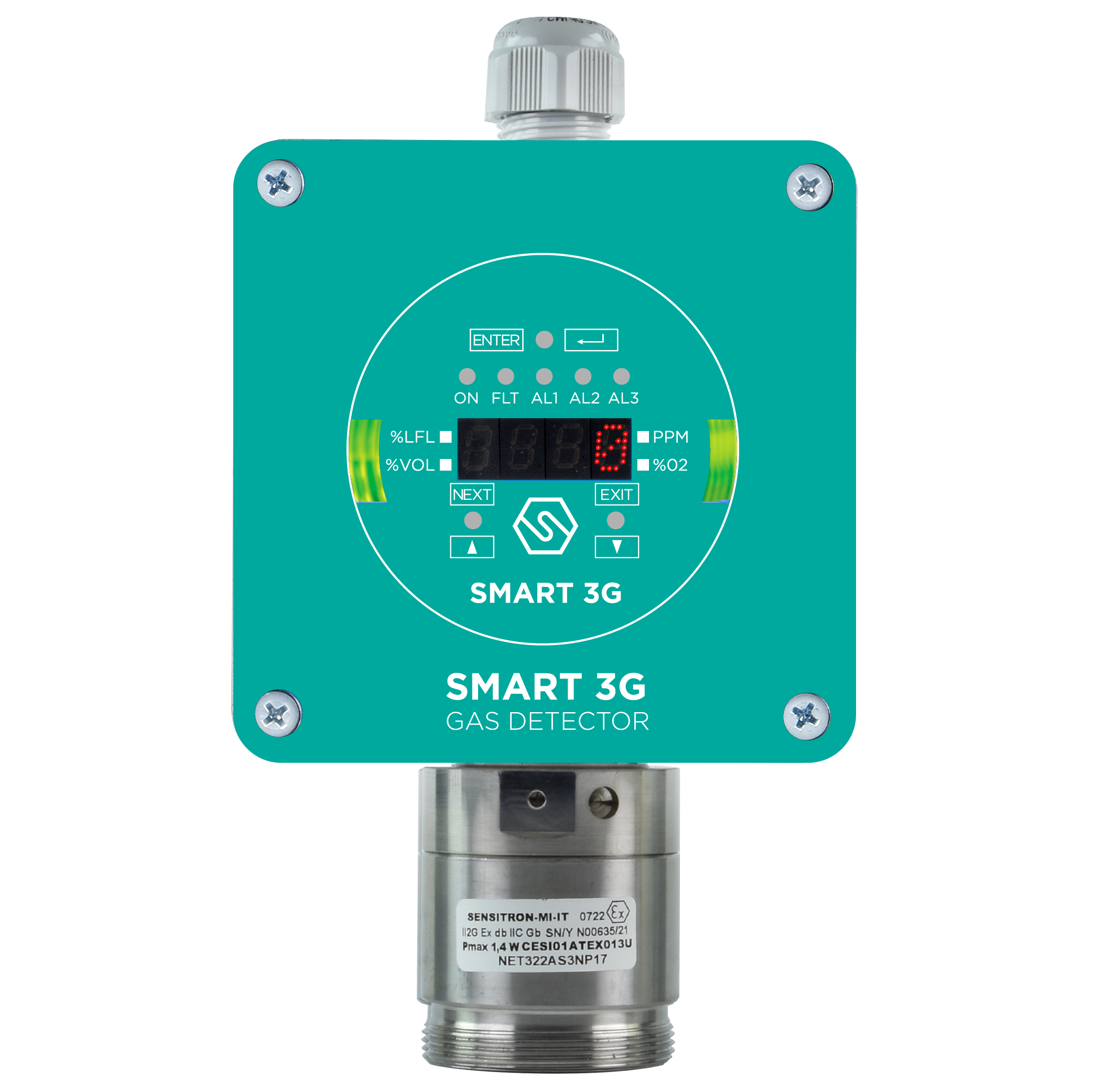
SMART 3G D3
Suitable for gas detection in classified areas, ATEX, IECEx and SIL2/3 certified, allows for non-intrusive field calibration.
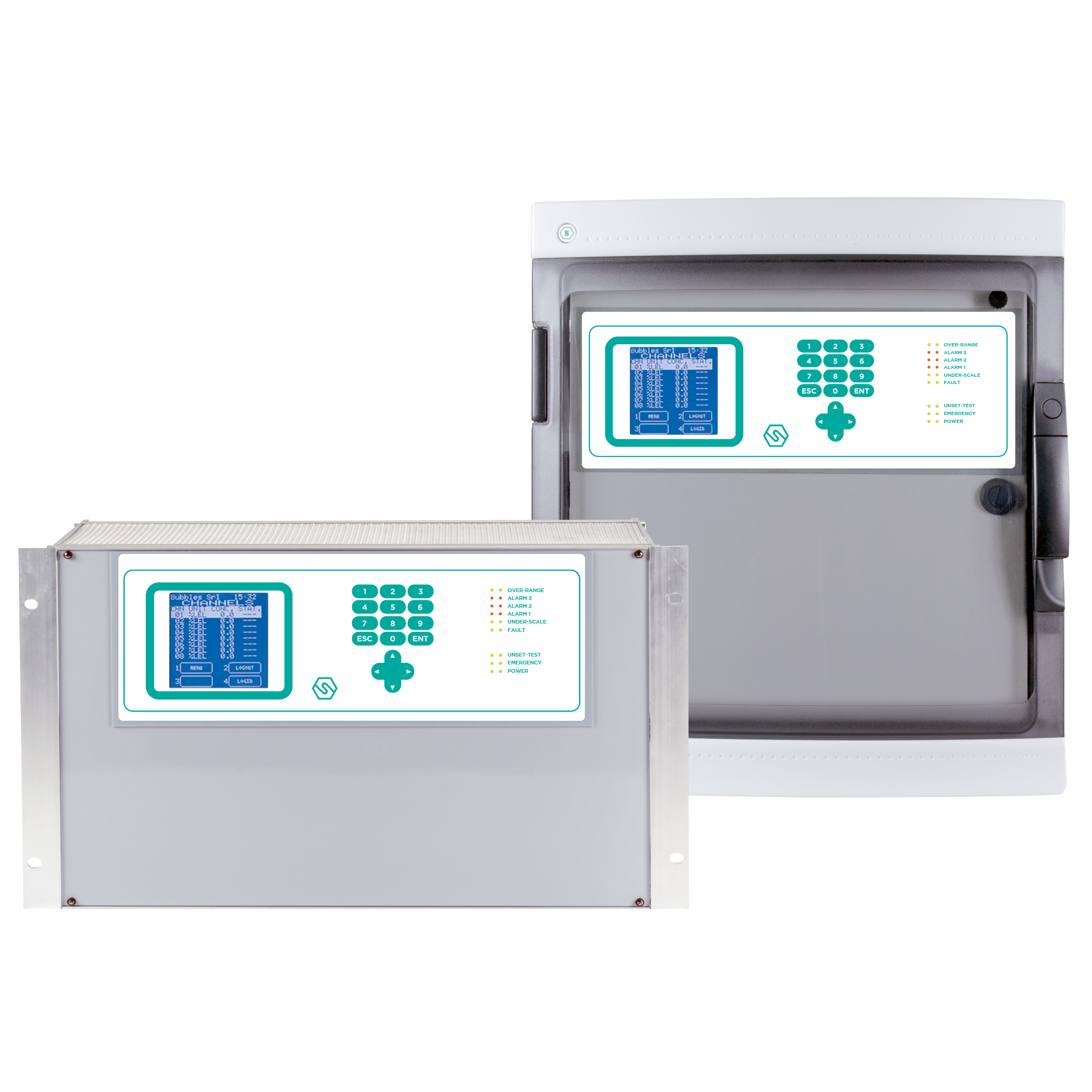
MULTISCAN++S1/S2
Designed to meet the widest market demand for flexibility, they allow the management of up to 264 detectors. ATEX and SIL certified.
Our certifications
Due to the high risks and hazards in the industry, strict safety standards must be met, which is why all our products are certified and in line with industry regulations.
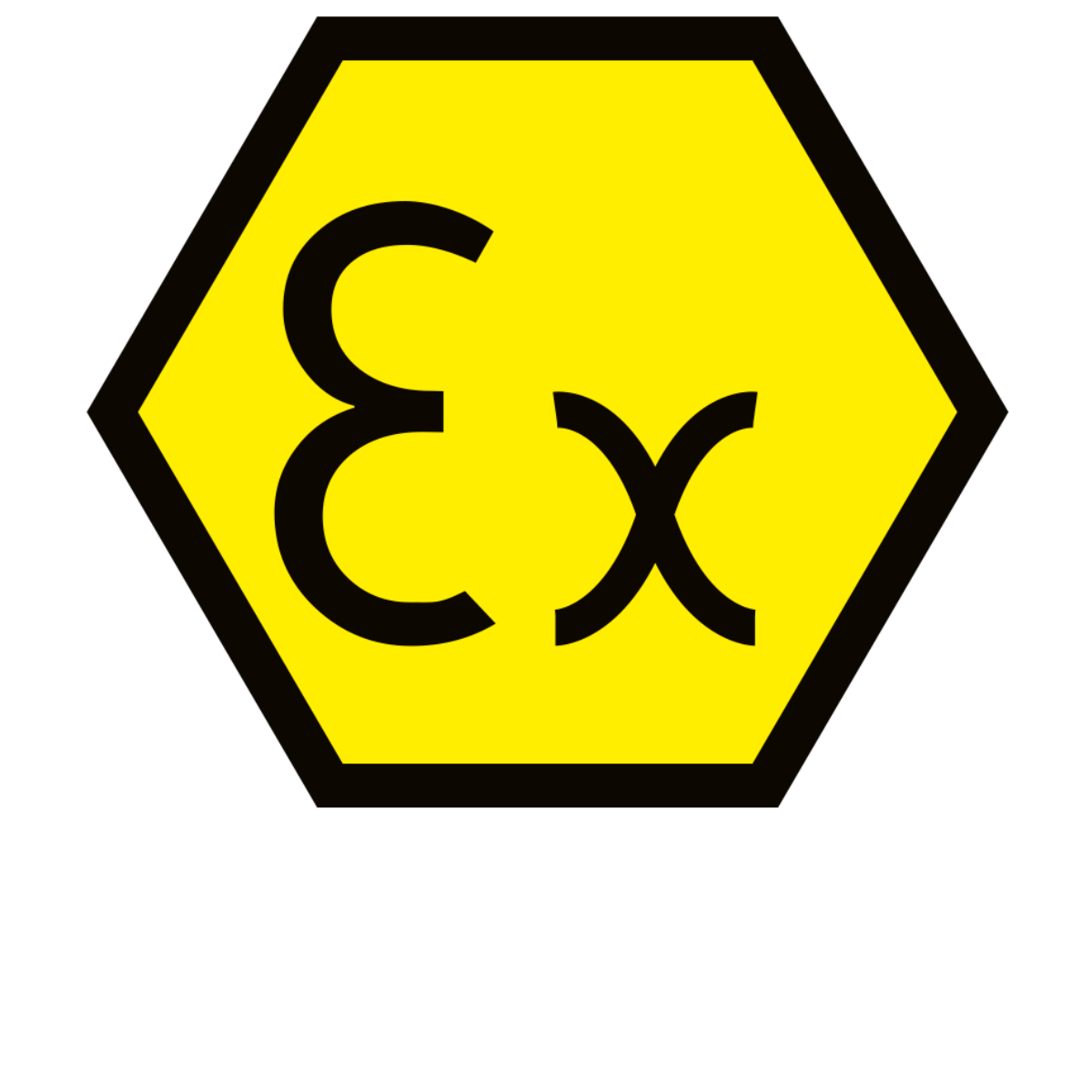
ATEX
The directive establishes requirements and evaluation for equipment intended for potentially explosive atmospheres.
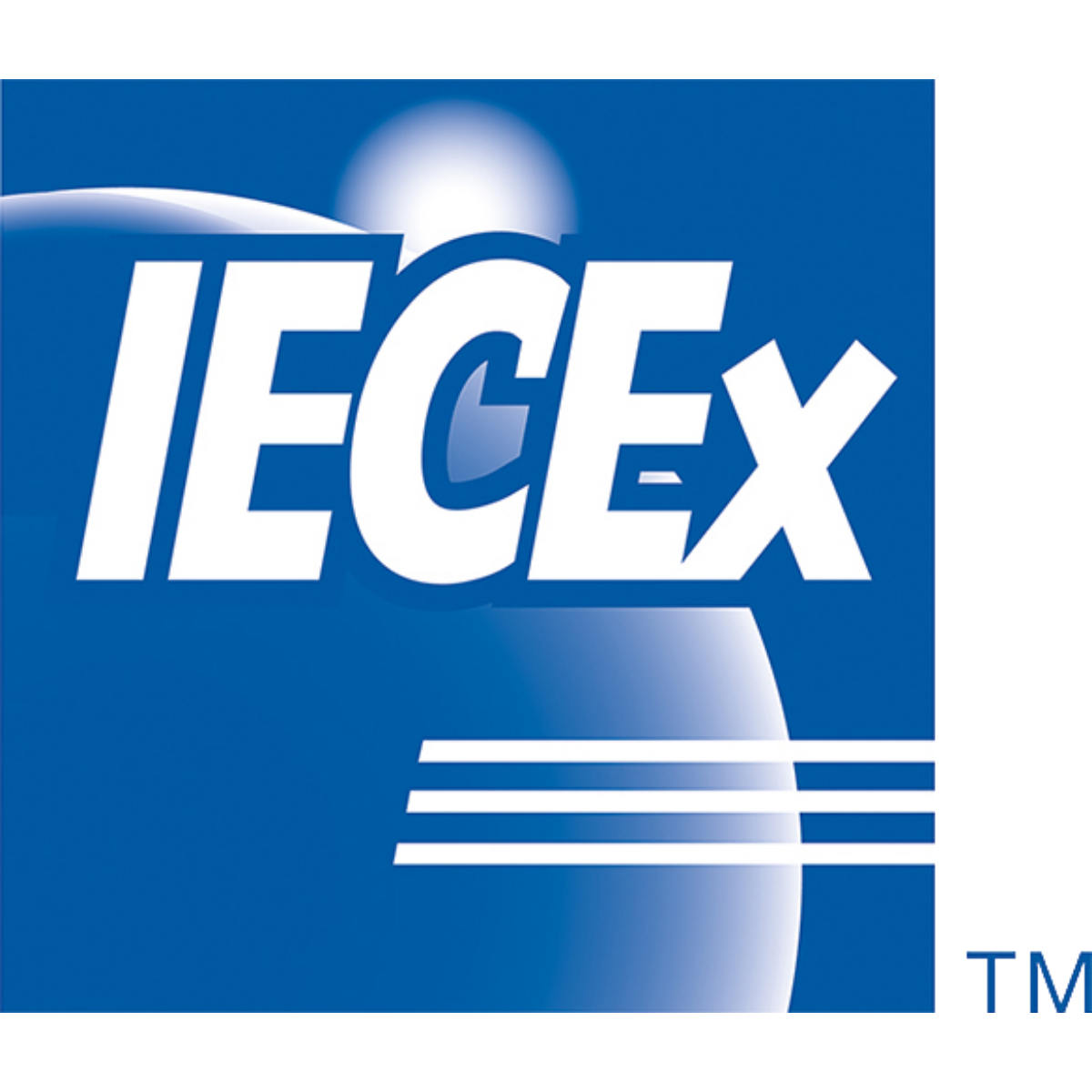
IECEx
The IECEx system is an international certification system. It is developed by the International Electrotechnical Commission.

SIL2(3)
The Safety Integrity Level (SIL) is the ability to reduce the assessed risk by ensuring the reliability of safety systems.

